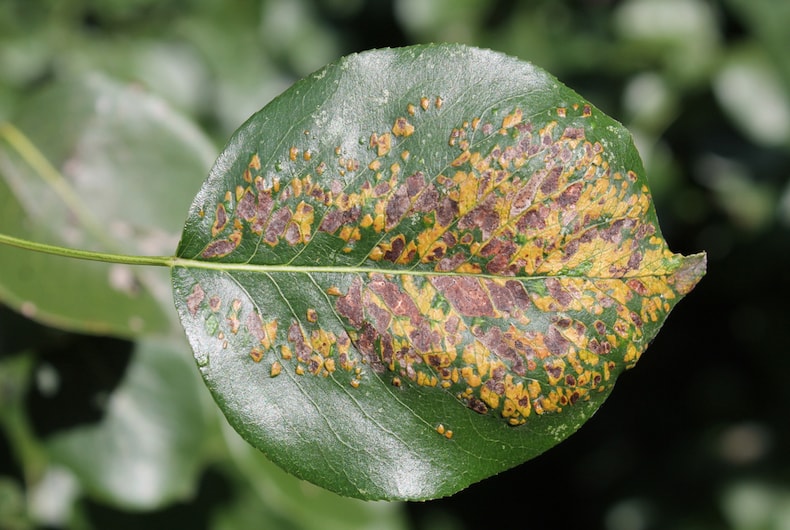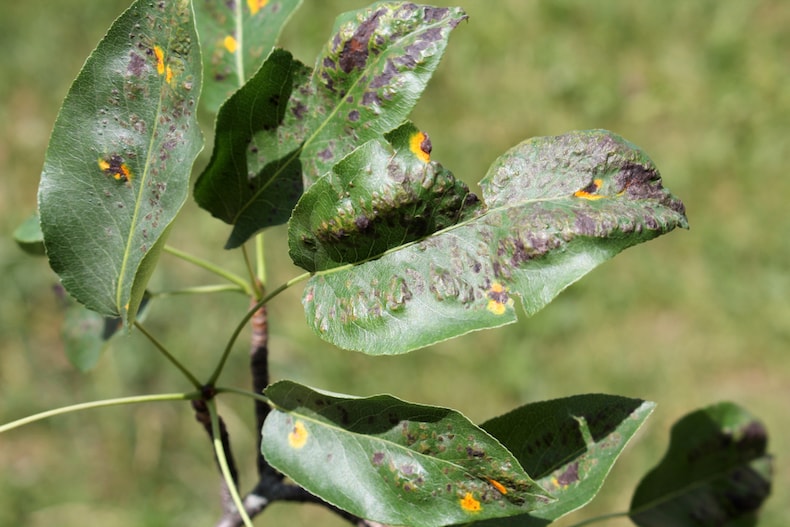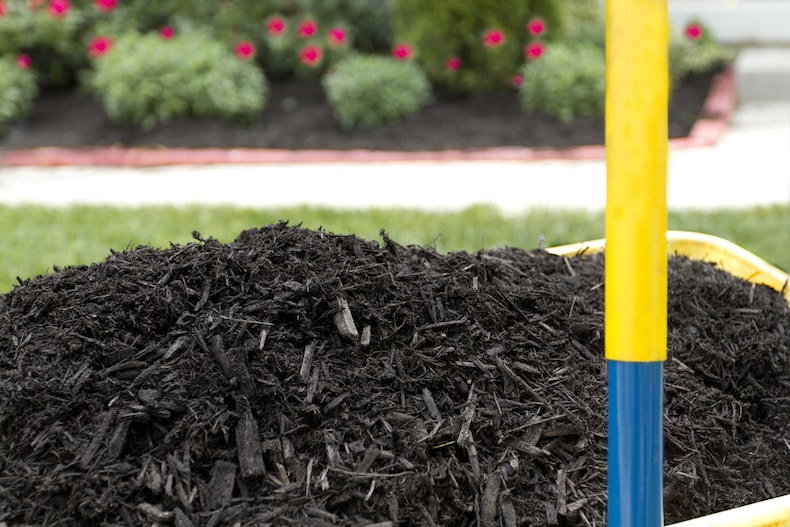Garden pests - Pear leaf blister mites

If your pear tree leaves are affected by a mysterious blight, it may be pear leaf blister mites
Image: Kazakov Maksim/Shutterstock
The tiny pear leaf blister mite can ravage your pear tree with ugly blisters. But it’s not all bad news. Here’s everything you need to know about this microscopic garden pest.
What are pear leaf blister mites?
Pear leaf blister mite (Eriophyes pyri) is a microscopic gall mite that feeds and breeds on the leaves of pear trees between April and September.
They suck the contents out of leaf cells and their secretions cause leaves to blister in the areas where they are feeding.
How do I recognise pear leaf blister mite damage

Damage from sap-sucking mites is easy to spot
Image: Shutterstock
These mites are extremely small (0.2mm long), so you won’t be able to identify them without a magnifying glass. However, their damage is easy to spot.
Pear leaf blister mites cause raised pink or yellow-green blisters on the foliage of pear trees in the spring. The blisters become black-brown later on in the season. Whole leaves can be affected and entire trees can become blistered.
Despite how awful the blisters look, they have little impact on pear trees’ overall health, and don’t usually affect cropping.
What plants do pear leaf blister mite eat?
Pear leaf blister mites feed on the leaves of pear trees and some related trees such as rowan and whitebeam.
How can I control pear leaf blister mite?

Keep your tree mulched and watered to help minimise mite damage
Image: Ozgur Coskun/Shutterstock
There are no chemical controls for pear leaf blister mite. Here are two methods that can help you reduce infestations:
- Remove affected leaves or shoots - if your tree has a light infestation, just removing the affected parts can stop the mite spreading across the tree. But if your tree is heavily infested, removing too many leaves will do more harm than the mite itself.
- Reduce water stress - trees suffering from water stress are more likely to suffer damage from these mites. Water trees in dry weather and mulch in the spring to preserve moisture levels.
Other pages you might like
See all pests & diseases guides
Individual guides
Pests
Sign Up For Exclusive Special Offers




© 2025 Thompson & Morgan. All rights reserved. A division of Branded Garden Products Limited.



